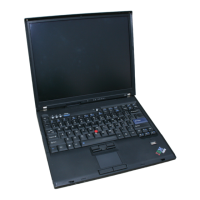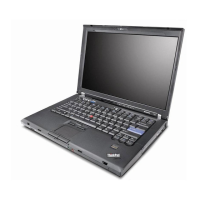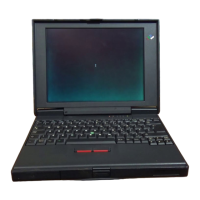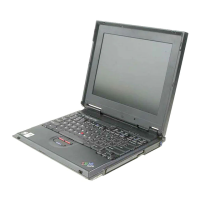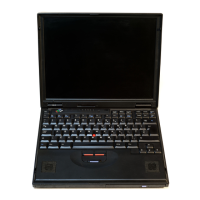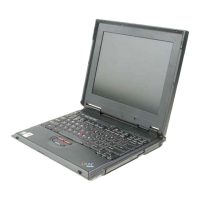(
(
(
(
(
(
RUN
[{~~~CE
LPRINTl}]
LP=Dl [,RD=nl
RUN COMMAND
The
RUN
command starts execution of a
BASIC
program at the lowest numbered
executable statement. The program must already reside
in
the work area and the
work area must
be
defined
as
containing a
BASIC
program (see
LOAD
Command
for loading programs from tape and defining the work area type).
BASIC
programs can
be
run (executed)
in
three modes:
Normal Mode -
All
program steps are executed without interruption.
Step Mode - The
5100
stops immediately before executing
each
program step
(statement). The word STEP and the statement number
of
the
next statement
to
be executed are displayed. To execute the next program statement, or
to
change
execution mode, you must execute a
GO
command (see
GO
Command). Step
mode allows you
to
display or alter variable values between steps for debug purposes.
Trace
Mode - The statement number of each statement executed
is
displayed
and/or printed while the statement
is
executed.
Both step and trace modes are useful
in
locating programming errors. Trace provides
a more rapid view of the program steps
as
they are executed. Step, on
the
other
hand, allows you
to
examine
the
contents
of
variables between program steps and
to
modify program steps or data.
The syntax of the
RUN
command
is
as
shown:
RUN
[{~~~CE
LPRINTl}]
[,P=Dl LRD=nl
where:
STEP specifies step-by-step execution.
TRACE specifies continued statement execution, but
the
line number of the
statement just executed
is
displayed and/or printed. Note
that
for normal mode
you do not specify STEP or TRACE.
PRINT
specifies
that
trace messages are printed and displayed (only valid with
TRACE).
P=D specifies
that
output
from programs specifying
the
printer
is
directed instead
to
the
display screen.
RD=n allows you
to
specify the number of digits (n)
to
the right of
the
decimal
point
that
will
cause rounding
on
printed output. The value n can be 1
to
13 and
is
initially set
to
6
at
power on.
33

